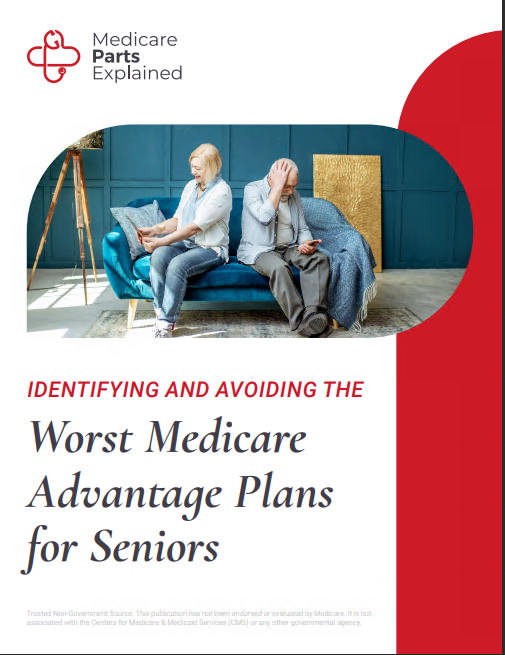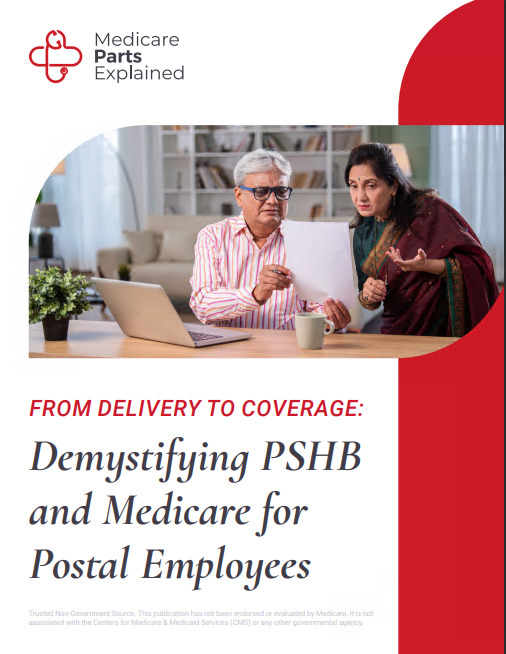Key Takeaways
-
Even with Medicare in place, many older adults still face financial barriers to accessing basic healthcare services in 2025.
-
Understanding the gaps in coverage, out-of-pocket costs, and policy changes can help you plan more effectively for your care needs.
The Original Purpose of Medicare
When Medicare was established in 1965, it was created to ensure that Americans aged 65 and older had access to healthcare without facing financial devastation. It promised a basic safety net for those transitioning into retirement, covering hospital stays, doctor visits, and later, prescription drugs. Over time, however, what began as a pillar of support now feels, to many, like a fragmented structure full of out-of-pocket expenses, coverage limits, and rising costs.
Today in 2025, Medicare still provides crucial health insurance to more than 65 million Americans. But as costs rise and healthcare needs increase with age, many enrollees are finding that Medicare isn’t covering enough to keep them financially secure.
Rising Out-of-Pocket Expenses
Even though you might assume Medicare covers most healthcare expenses, the reality is different. In 2025, the standard Medicare framework includes several cost-sharing responsibilities:
-
Part A (Hospital Insurance): Most people don’t pay a premium, but you do face a deductible of $1,676 per benefit period and coinsurance costs after 60 days of hospitalization.
-
Part B (Medical Insurance): You pay a monthly premium of $185 and an annual deductible of $257. After meeting the deductible, you’re responsible for 20% of covered services.
-
Part D (Prescription Drug Coverage): The maximum deductible is $590 in 2025, with costs for medications continuing until you reach the new $2,000 annual out-of-pocket cap.
Even with these caps, if you require frequent doctor visits, specialty medications, or long hospital stays, these costs can add up quickly and unpredictably.
The Problem With Coverage Gaps
One major issue is that Original Medicare doesn’t cover everything. Some of the most common and critical needs for older adults are excluded, including:
-
Long-term care in nursing homes
-
Dental, vision, and hearing services
-
Routine foot care
-
Custodial care at home
Without additional coverage, you may need to pay for these services entirely out of pocket. For instance, if you need full-time assistance at home or require hearing aids, Medicare won’t help, and the financial burden falls squarely on you.
Why Retirees Are Struggling Despite Having Medicare
1. Fixed Incomes Don’t Match Medical Inflation
Many Medicare beneficiaries live on fixed incomes such as Social Security, pensions, or retirement savings. While Social Security benefits saw a 2.5% cost-of-living adjustment in 2025, medical inflation is outpacing that increase. The cost of premiums, deductibles, and services under Medicare is rising faster than your income, which creates a financial squeeze.
2. Prescription Drug Costs Still Bite
Even with the 2025 out-of-pocket cap of $2,000 under Part D, the cost of specialty medications remains high. You still need to meet the deductible and co-pays before the cap takes effect. Some individuals hit this limit early in the year, especially if they rely on medications for chronic or serious conditions.
3. Supplemental Coverage Isn’t Always Affordable
Many enrollees try to bridge the gaps by purchasing Medigap or Medicare Advantage plans. However, even though these can reduce out-of-pocket expenses, they come with their own monthly premiums, copays, and network restrictions. For those with limited resources, the cost of adding supplemental insurance may be out of reach.
4. Delayed or Avoided Care
Out-of-pocket costs can cause you to skip necessary care. Whether it’s postponing a doctor’s visit, refusing recommended tests, or rationing medication, avoiding care due to cost only worsens health conditions over time. What starts as a financial strategy can quickly become a health crisis.
Telehealth and Access Challenges in 2025
Medicare permanently expanded telehealth benefits during the COVID-19 pandemic, and in 2025, you can still use video and phone visits for many services. However, there are barriers:
-
Technology access: Not all seniors have smartphones or internet connections.
-
Comfort with digital tools: Some patients aren’t comfortable using telehealth platforms.
-
In-person requirement: Starting October 1, 2025, Medicare requires at least one in-person visit every 12 months for ongoing telehealth eligibility in mental health care.
These requirements make access harder for those with transportation issues or mobility limitations.
Mental Health: Covered but Not Always Accessible
As of 2025, Medicare covers services from licensed mental health counselors and marriage and family therapists. That’s progress. But many beneficiaries still struggle to find available providers who accept Medicare. The provider shortage is particularly severe in rural areas and for low-income populations.
In addition, even with coverage, mental health services often require copays, and those copays can add up quickly, especially for weekly or biweekly therapy.
The Burden of Chronic Conditions
Two-thirds of Medicare beneficiaries have two or more chronic conditions. These can include:
-
Diabetes
-
Heart disease
-
Arthritis
-
COPD
Chronic care often involves:
-
Regular appointments
-
Ongoing medications
-
Multiple specialists
-
Monitoring equipment
Medicare does provide Chronic Care Management services, but those also come with out-of-pocket costs. Managing chronic conditions under Medicare can still mean hundreds or even thousands of dollars per year in expenses.
Why Timing and Enrollment Mistakes Make It Worse
If you didn’t sign up for Medicare at the right time, you may be paying late enrollment penalties that last for the rest of your life:
-
Part B: A 10% penalty for each full 12-month period you delayed enrollment without other creditable coverage.
-
Part D: A 1% penalty for each month you were eligible but not enrolled.
Mistakes made during initial or special enrollment periods can have long-term cost consequences. And because Medicare rules are complex, many people don’t even realize they made a mistake until it’s too late.
Limited Financial Assistance
There are programs to help low-income Medicare enrollees:
-
Medicare Savings Programs: Help with Part B premiums and other costs.
-
Extra Help: Reduces prescription drug costs under Part D.
-
Medicaid: Covers costs not paid by Medicare for those who qualify.
But the eligibility thresholds are low. If your income or savings are even slightly above the limit, you may not qualify. That means many people fall into a coverage gap: not poor enough for help, but not wealthy enough to afford care comfortably.
The Stress of Uncertainty
One of the most unsettling parts of retirement with Medicare is the unpredictability. Unlike employer-sponsored insurance, Medicare’s cost-sharing structure means:
-
You pay more when you need more care.
-
Costs vary by service and provider.
-
Coverage limits can surprise you.
This uncertainty makes budgeting hard. You might feel secure in January, then face thousands in costs by summer due to an illness or injury. This constant risk is why Medicare alone often doesn’t feel like enough.
What You Can Do to Plan Ahead
To avoid being blindsided by Medicare costs, it’s important to be proactive:
-
Review your Annual Notice of Change every fall to see how your plan is changing for the upcoming year.
-
Compare plans during Open Enrollment from October 15 to December 7. Your needs may have changed, and a different option could reduce your costs.
-
Enroll in Medicare on time to avoid penalties. If you’re still working past 65, make sure your employer coverage counts as creditable.
-
Ask about financial help programs even if you think you may not qualify.
-
Use preventive services that Medicare fully covers, such as screenings and wellness visits, to catch problems early.
The Ongoing Challenge of Affordability in 2025
Despite its original mission, Medicare in 2025 leaves many seniors and retirees wondering how to afford basic care. Between rising out-of-pocket costs, uncovered services, and confusing rules, what should be a safety net often feels like a puzzle with missing pieces.
Planning ahead, seeking advice, and staying informed are your best defenses. If you feel overwhelmed by the choices and expenses, don’t wait until a health issue forces your hand. Get the guidance you need now.
Make Informed Medicare Decisions Before Costs Spiral
Medicare was intended to bring peace of mind in retirement, not financial stress. Yet millions of people like you face difficult choices about care every year. The good news is that help is available.
If you want to understand your options better, explore coverage strategies, or review your plan’s costs, speak with a licensed agent listed on this website. The sooner you take control, the more secure your future care can be.










